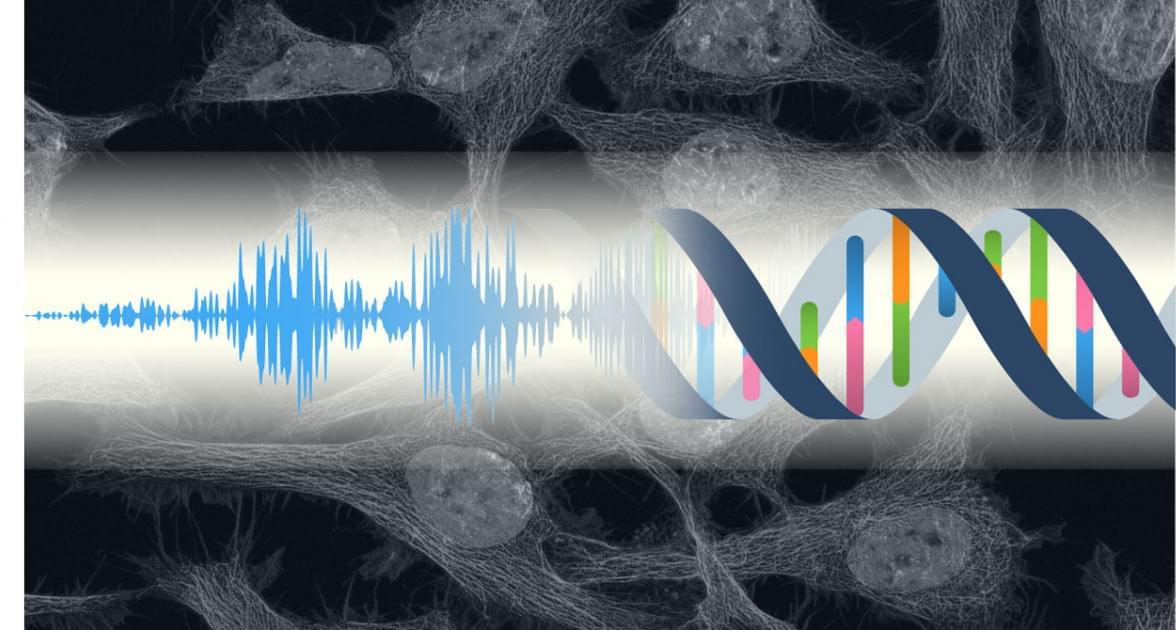Elon Musk, a name synonymous with innovation and ambition, continues to captivate the world with his bold declarations and ventures. As the wealthiest person



Usually when an alchemist shows up promising to turn rocks into gold, you should run the other way. Sure, rocket fuel isn’t gold, but on the moon it’s worth more than its weight in the yellow stuff. So there would be reason to be skeptical if this “Blue Alchemist” was actually an alchemist, and not a chemical reactor under development by the Blue Origin corporation.
The chemistry in question is quite simple, really: take moon dust, which is rich in aluminum silicate minerals, and melt the stuff. Then it’s just a matter of electrolysis to split the elements, collecting the gaseous oxygen for use in your rockets. So: moon dust to air and metals, just add power. Lots and lots of power.
Melting rock takes a lot of temperature, and the molten rock doesn’t electrolyse quite as easily as the water we’re more familiar with splitting. Still, it’s very doable; this is how aluminum is produced on Earth, though notably not from the sorts of minerals you find in moon dust. Given the image accompanying the press release, perhaps on the moon the old expression will be modified to “make oxygen while the sun shines”



A Chinese company has showcased new types of fabrics that can withstand extreme temperatures. Some of the fabric materials presented were waterproof and windproof while remaining breathable.
Safmax presented these advanced fabrics at the second Public Security Tech Expo in Lianyungang, China.
The company’s new flame-retardant material can withstand temperatures up to 2,192 degree Fahrenheit (1,200 degrees Celsius). This fabric can maintain its structure without deforming, shrinking, or melting.
This type of fabric can be used in firefighting suits and fire blankets to isolate airflow during battery fires in new energy vehicles.
Safmax’s new flame-retardant material can withstand high temperatures maintaining its structure without deforming, shrinking, or melting.

A number of clinical trials have been completed using green tea and black tea to investigate their effect in controlling weight in overweight adults. The results of these investigations, however, have often been contradictory, with some trials reporting positive effects of tea supplementation and some trials reporting no effect. As a result, the use of these teas for weight loss is controversial. Purple tea is a variety of green tea developed in Kenya (called TRFK306), which in addition to certain tea constituents found in green tea, also contains anthocyanins. The major constituents in the leaves of purple tea are caffeine, theobromine, epigallocatechin (ECG), epigallocatechin gallate (EGCG) and 1,2-di-O-galloyl-4,6-O-(S)-hexahydroxydiphenoyl-β-D-glucose (GHG). We investigated the efficacy of purple tea extract (PTE) on diet-induced fat accumulation in mice. PTE administration (200 mg/kg) significantly suppressed body weight gain, liver weight, abdominal fat and triglycerides in serum and liver. Protein expression of carnitine palmitoyltransferase (CPT) 1A was also enhanced. In olive oil loaded mice, PTE (100 mg/kg) and caffeine (25 mg/kg) suppressed fat absorption. PTE (10 μg/mL) and GHG (10 μg/mL) also enhanced protein expression of CPT1A in HepG2 hepatoma. Moreover, 4-week daily consumption of purple tea drink in humans improved obesity parameters compared to baseline, including body weight (79.9 ± 3.1 kg vs 80.8 ± 3.2, p0.05), body mass index (BMI) (26.8 ± 0.6 vs 27.0 ± 0.6, p0.05) and body fat mass (21.0 ± 1.4 kg vs 21.8 ± 1.5, p0.01). In conclusion, PTE could control diet-induced weight gain by suppression of fat absorption and enhancement of hepatic fat metabolism.

Quantum technologies are systems that can compute data, sense their surrounding environment or perform other functions leveraging quantum mechanical effects. Connecting these technologies over long distances has so far proved challenging, as quantum information can easily become scrambled or destroyed following decoherence resulting from the systems’ interactions with their surrounding environment.
Over the past few years, quantum physicists and engineers have been trying to devise effective techniques to reliably establish quantum networks, infrastructures that allow quantum information to travel between different devices.
The realization of these networks requires so-called quantum relays, intermediate stations that can forward and redistribute entangled states, extending the distances across which devices can communicate.

Analog computers, computing systems that represent data as continuous physical quantities, such as voltage, frequency or vibrations, can be significantly more energy-efficient than digital computers, which represent data as binary states (i.e., 0s and 1s). However, upscaling analog computing platforms is often difficult, as their underlying components can behave differently in larger systems.
Researchers at Virginia Tech, Oak Ridge National Laboratory and the University of Texas at Dallas have developed a new synthetic domain approach, a technique to encode information at different frequencies in a single device that could enable upscaling analog computers without the need to add more physical components.
Their proposed approach, outlined in a paper published in Nature Electronics, was used to develop a compact and highly efficient analog computing platform based on lithium niobate integrated nonlinear phononics.

